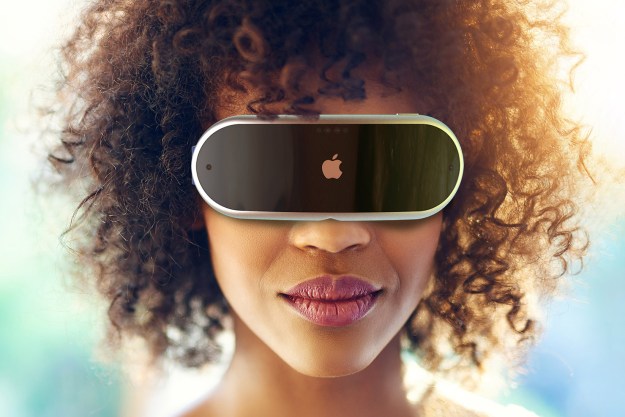Living vicariously by way of virtual reality is generally regarded as a pleasant experience. Can’t get to that Ikea showroom? No worries, we’ll bring it to you. Want to climb Machu Picchu from your living room? Step right up. But because we just can’t keep nice things nice for too long, Excedrin asked a different question — want to experience the debilitating effects of a migraine? No? Too late — Excedrin’s migraine simulator is already here.
Perhaps one of the first simulators to cause wearers to feel discomfort, the point of the VR experience, Excedrin says, is to help non-migraine sufferers better comprehend the extent of the condition. While 36 million Americans are affected migraines, Excedrin claims, “Migraines are still widely misunderstood — largely because those who don’t experience the condition can’t fully understand it.”
As such, the pain pill company used a cutting edge virtual reality platform to create “an immersive experience that replicates common migraine symptoms, such as light and sound, disorientation, and aura (visual disturbances, sometimes manifesting as spots or jagged edges).” Each migraine simulated by the VR platform was customized to the unique experience of a patient, and then, friends and family members were invited to try on the headset in hopes of eliciting a sense of empathy. Needless to say, the simulator proved pretty effective in that regard.
Diana Crandall of the New York Daily News tried the simulator on for herself, an experience that she called “nearly unbearable.” Even while sitting, she wrote, “I couldn’t compose a text message, let alone scroll through a newsfeed. I sat helplessly trying to make a phone call.” And when she tried to walk, things got even worse. “I staggered down my office hallway in a seemingly drunken stupor, grasping at walls to try and steady my steps,” Crandall said. “I could barely focus on putting one foot in front of the other, making talking while walking akin to a mission impossible.”
If you’re feeling particularly masochistic, the Migraine Experience app will be available for download in May, and if you’ve got a Google Cardboard, you can give yourself a migraine and see what it’s like firsthand, all thanks to the magic of virtual reality.
Editors' Recommendations
- HTC aims to turn your carpool into a VR roller coaster
- You won’t be taking Microsoft’s HoloLens 3 into the metaverse
- What will Apple call its VR headset? We might have an answer
- This futuristic haptic vest should make virtual reality feel more realistic
- Apple’s new AR headset may use Face ID technology to track hand gestures


